Knowledge is the key
Technical art sits at the exciting crossroads of creativity and code. It’s where art meets engineering — where imagination is powered by tools, shaders, pipelines, and problem-solving. Whether you come from a background in programming or visual design, technical art is where the boundaries blur, and that’s what makes it such a thrilling field to explore.
At its core, technical art is about enabling great art to happen efficiently. It’s not just about making something look good — it’s about making it work, again and again, across entire teams and massive productions. From video games and film to virtual production and real-time experiences, technical artists are the glue between art and tech, and the backbone of production pipelines.
In our classes, we’ll walk you through the main branches of technical art — always with practical examples, honest insights, and a passion for the craft.
We’ll start with Shaders and Materials, the heartbeat of real-time rendering. Shaders are small programs that control how surfaces react to light, texture, and effects. From shimmering water to glowing neon, from cartoon outlines to hyper-real skin — shaders make the difference between static and alive. In this part of the course, we’ll demystify the shader graph and introduce you to writing shaders by hand. You’ll learn to balance visual impact with performance, and how to build reusable materials that can power entire art styles. Even if you’ve never written a line of shader code before, we’ll guide you step by step — because this is where the magic happens.
Then we’ll dive into Tool Development — building the internal tools that make other artists faster, better, and more empowered. Whether it’s a custom exporter, a batch renamer, or a whole toolset for placing assets, technical artists often act as internal developers for their team. You’ll learn to identify pain points, design clean user interfaces, and write tools that genuinely improve workflows across disciplines.
You’ll also explore Pipeline Development, where everything comes together. You’ll learn how to move assets cleanly from modeling to engine, how to automate boring tasks, and how to build systems that help teams collaborate more effectively. From version control to export processes and naming conventions — these are the behind-the-scenes systems that keep big projects running smoothly.
We won’t stop there. We’ll look at Procedural Art and Performance Optimization — all from a hands-on, real-world perspective. Our goal isn’t just to show you what technical artists do, but how to think like one: creatively, efficiently, and with a deep understanding of both the artistic and technical needs of production.
What makes our classes different? We’re not here to gatekeep. We’re here to open doors. We believe that knowledge should be shared, especially in a field like this — where so much is learned on the job, through trial and error, and often behind closed doors. Whether you’re employed or not, a beginner or seasoned artist, if you’re curious and motivated, there’s a seat for you. We keep our classes small — just 10 people — so we can really dig in, help you individually, and share everything we know.
Technical art can be overwhelming, but it doesn’t have to be. Let’s break it down together, and build something beautiful.
